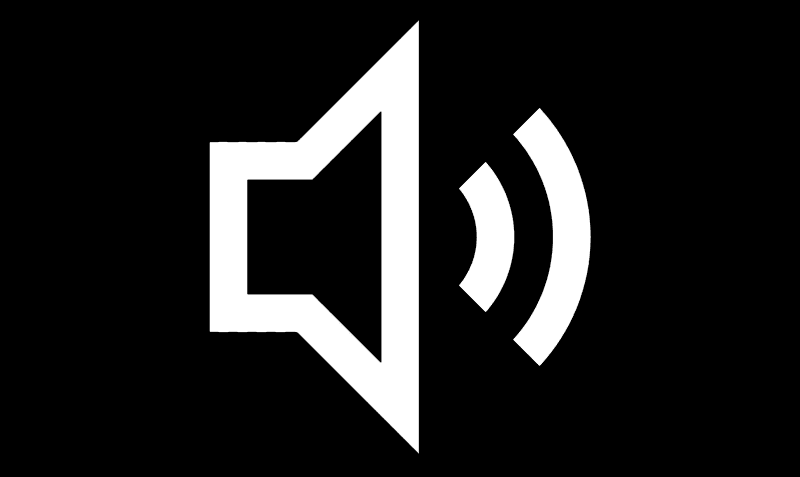If you have been using Windows for years, you may remember that starting your computer was not always quiet.
Older versions of Windows came with a boot sound that played every time it started. functional system, making it obvious that the computer was ready for use.

But modern versions of Windows no longer feature a startup sound, and Microsoft has never announced why it has been removed mode.
Jensen Harris, the former program manager of the Windows User Experience team, gave more details about the Windows startup sound in a recent video, revealing why the company finally decided to remove it.
The video is really interesting but we will only mention this: the first step in removing the boot sound came one night when Harris could not use his laptop because he was afraid the sound would wake up a newborn.
"I had an experience with my MacBook Pro. It was late at night, we had a baby, and it was my turn to look after her at night. I really wanted to start my laptop to browse the web, but I could not remember if the volume was muted or not. "I realized that I had a 50-50 chance of pressing the power button and hearing a loud sound that would wake up my wife and a grumpy baby," says Harris.
"I chose not to open my laptop instead of risking it. And at the time, I had the idea that having boot devices was a very bad function for a device designed to be used in a person's most private and intimate places at any time of the day or night. "
"So I got my team to remove the startup sound from the Windows 8. "





